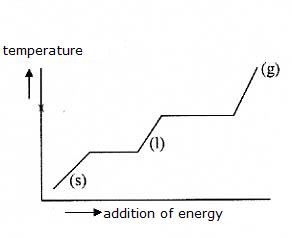| 1. The LATTICE is the most important factor in determining a melting point.
How strong is a lattice? How easily can it be molten? Melting means that the lattice is destroyed, and it costs a lot of energy to destroy a strong lattice. The strength of an ionic lattice depends on the charges of the ions and of their mutual distances. In the lattice of CaO (with charges 2+ and 2-) wil melt more difficultly than the lattice of NaCl (with charges 1+ and 1-). Apart from that, also the ions of CaO are smaller (so: closer toghether) Small ions cause stronger lattices. They are closer toghether Salts, in general, will have high melting points. Also metalic lattices depend on charges and distances. Between the metals exist rather some differences: in general a metalic lattice will be strong (high melting point), but ther are exeptions: Mercury(l) is at normal temperatures a liquid. Lead, Tin, Lithium, Sodium, Potassium have no strong lattice. They melt easily. Extremely strong are the lattices of: Chromium, Wolfframium and Vanadium. Also see table V) |
|
2. VANDERWAALS-FORCES are the second factor in determining the melting points.
They exist in particular in molecular lattices, of which the strength depends on:
|
